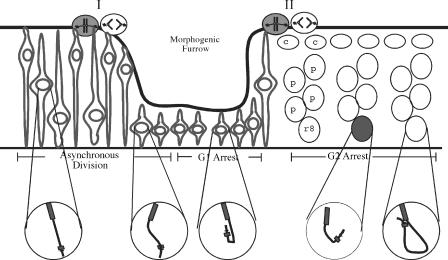Figure 8. Model of Variegating Gene Association with Heterochromatin and Its Consequences.
Cartoon of eye disk showing when and where association occurs and its effects on gene silencing. Anterior is to the left. Long-range interactions are not observed anterior to the morphogenic furrow in regularly dividing cells. In the morphogenic furrow, G1 arrest allows variegating genes the time to begin to find and associate with blocks of heterochromatin. Once behind the morphogenic furrow, variegating loci in more cells associate with heterochromatin, and once formed these interactions persist. When a developmental signal is sent for a gene to be expressed, its association with heterochromatin greatly affects its chances for being expressed, such that a gene interacting with heterochromatin is far less likely to be activated than one that is not.

